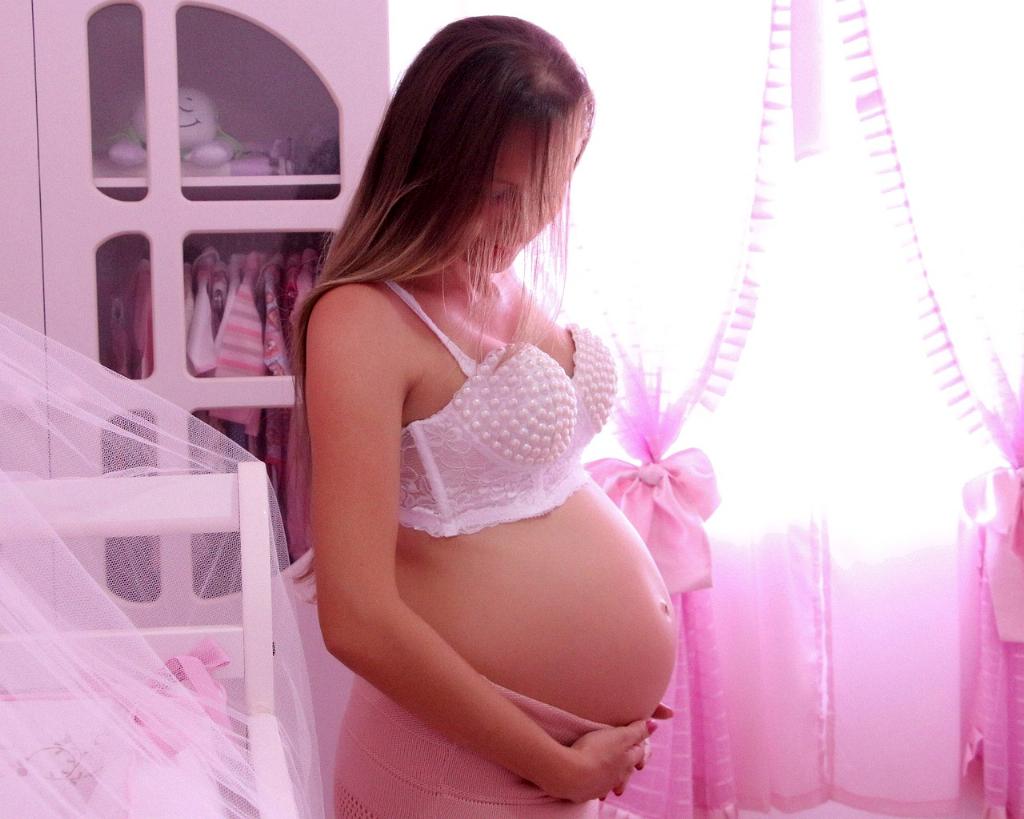When it comes to the need for a C-section, there are several reasons that may lead to this decision. The health and well-being of both the mother and baby are paramount in determining the necessity of this surgical procedure.
Fetal Distress
One of the primary reasons for a C-section is fetal distress. This occurs when the baby shows signs of distress in utero, such as an abnormal heart rate. In such cases, a C-section may be performed to expedite delivery and ensure the safety of the baby.
Stalled Labor
Another common reason for a C-section is stalled labor. This occurs when labor fails to progress despite the mother’s best efforts. In such situations, a C-section may be recommended to prevent complications and ensure a safe delivery for both the mother and baby.
Breech Presentation
A breech presentation, where the baby is positioned feet or buttocks first instead of head-first, is another reason for a C-section. Delivering a baby in the breech position vaginally can pose risks, so a C-section is often the safer option in such cases.
Multiple Pregnancy
In cases of multiple pregnancies, such as twins or triplets, the likelihood of needing a C-section is higher. The safety of both the mother and babies is a top priority, and a C-section may be recommended to ensure a successful and safe delivery of all infants.
Placenta Previa
If the placenta is positioned low in the uterus and covers the cervix partially or completely, a condition known as placenta previa, a C-section may be necessary to prevent complications such as bleeding during vaginal delivery.
Umbilical Cord Complications
Issues with the umbilical cord, such as prolapse (when the umbilical cord slips through the cervix ahead of the baby) or compression, can necessitate a C-section to prevent potential harm to the baby during delivery.
Prior C-section
Women who have had a previous C-section may require another C-section for subsequent deliveries. Vaginal birth after cesarean (VBAC) is an option for some women, but the decision should be made based on individual circumstances and medical advice.
Maternal Health Concerns
Maternal health conditions such as preeclampsia, which can lead to high blood pressure and organ damage, may also necessitate a C-section to ensure the safety of both the mother and baby.
Fetal Distress
In some cases, the baby may experience complications such as abnormal heart rate, lack of oxygen, or other medical issues that require immediate delivery to prevent further harm. A C-section is often the best course of action in such emergencies.
Complications During Labor
If complications arise during labor, such as the umbilical cord becoming compressed or twisted, or the baby showing signs of distress, a C-section may be recommended to expedite delivery and reduce risks to the baby.
Malpresentation
Malpresentation of the baby, where the baby is not in the optimal head-down position for birth, can also necessitate a C-section. This may occur in cases of transverse lie or other abnormal fetal positions that pose risks during vaginal delivery.
Maternal Age and Health
Advanced maternal age or underlying health conditions that increase the risk of complications during childbirth may lead to a recommendation for a C-section to ensure the safety and well-being of both the mother and baby.

